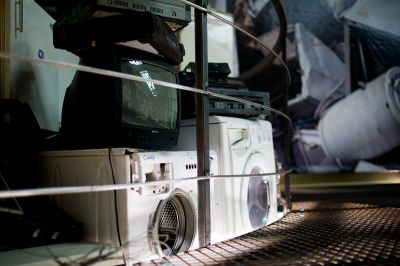
Rare earth metals have specific electronic and magnetic properties that make them an essential component of many of today’s high tech electronic devices, but recycling these components is still very challenging. However, new developments by EU-funded researchers will make it simpler to recover these vital materials, and so lead to increased levels of recovery from end-of-life products.
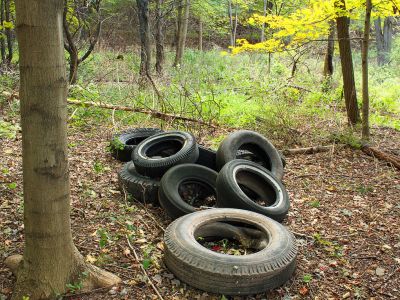
Close to 6 million tonnes of used tyres have been illegally dumped or landfilled. An innovative and cost-effective recycling process that yields high-end products will increase the competitiveness of the tyre reclamation industry and encourage recycling.
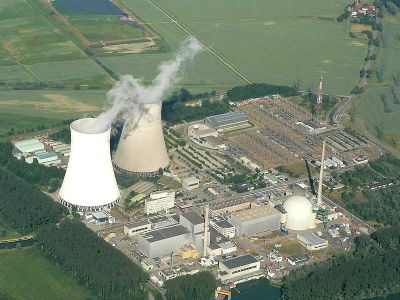
It is in the interests of all European countries that research and development (R&D) continues to address nuclear waste management. The key to enhancing cooperation is the Implementing Geological Disposal of Radioactive Waste Technology Platform (IGD-TP) supported by the EU.

Researchers are using low-value plant raw materials to produce bio-based synthetic fibres for the textile industry in a cost-competitive, energy-saving, and environmentally sustainable process.
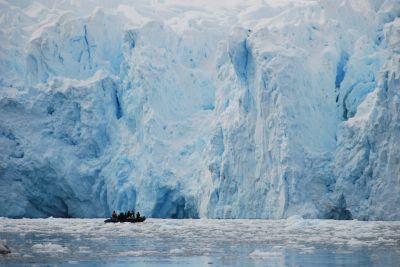
Understanding how glacier sliding and iceberg calving contribute to loss in ice sheet models can improve predictions of global sea-level changes. This is hampered by the inaccessibility of a glacier's base and its calving front.

Scientists use ever-more sophisticated numerical models to understand the mechanisms that shape Earth's climate and predict how it is likely to evolve. An EU-funded project is boosting Europe's contribution to this on-going international research effort and facilitates the distribution and exploitation of model data.
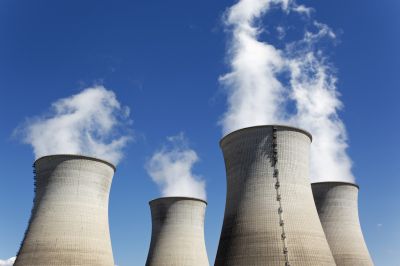
An EU project is developing new software and hardware to improve European and global monitoring of greenhouse gas (GHG) concentrations and fluxes.
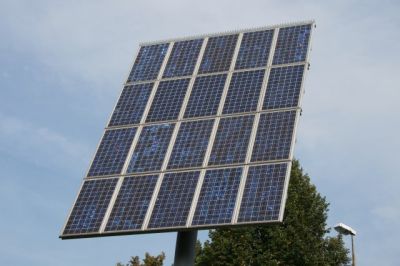
Harnessing the Sun's unlimited (for all practical purposes) energy supply is one of the most promising alternatives to combustion of fossil fuels. Improved characterisation of coatings for concentrating solar power (CSP) systems will speed development.
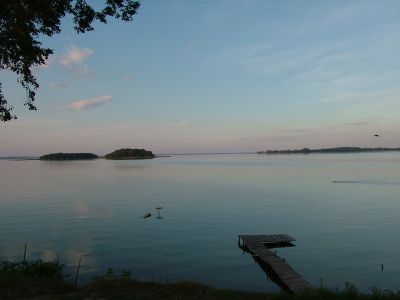
Rivers, lakes and coastal areas are under pressure from human activities that result in pollution, intensive land use and the degradation of natural habitats. To better manage challenges in this area, an EU-funded project developed methods for assessing and restoring aquatic ecosystems.
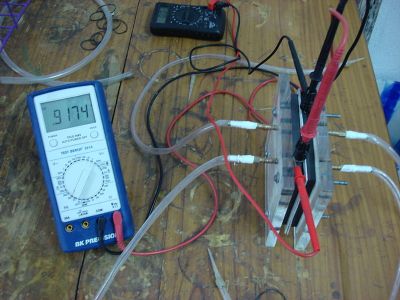
The transition from a fossil fuel-based energy system to a renewable hydrogen-based system will take a long time. During this transition, research and fuel cell (FC) technology improvements towards performance benchmarks set by EU-funded scientists can pave the way.
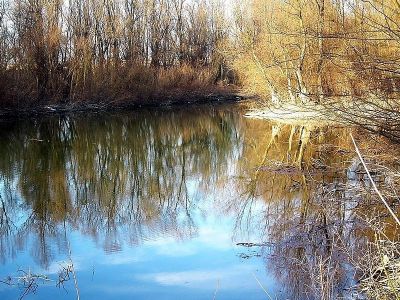
Like all ecosystems on Earth supporting animal and plant life, aquatic ecosystems need oxygen. However, oxygen availability in these systems is threatened by global warming and excessive input of nutrients such as from agriculture and wastewaters, known as eutrophication.
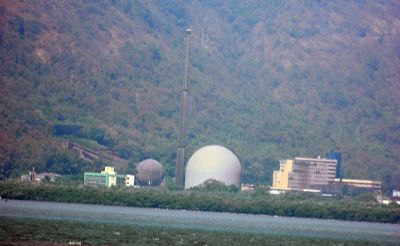
In the aftermath of the Fukushima nuclear disaster and its effect on the European continent, the EU is seeking to optimise nuclear and radiological preparedness. An EU initiative is developing effective emergency management procedures, methods and tools for such devastating incidents.
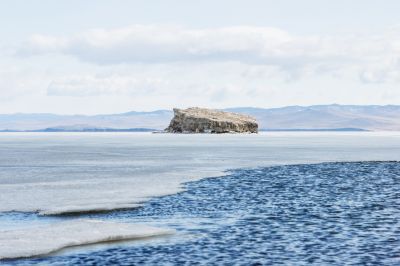
Increasing innovation for the exploitation of maritime resources will enable the EU's maritime sector to benefit from global demand for resource-efficient technologies, systems and operations.
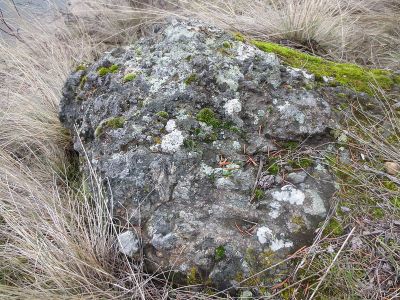
One of the most important questions posed by climate change is whether species can respond to a changing climate quickly enough to avoid extinction. In order to survive, populations must either be able to adapt to or tolerate the change in environment, or migrate to more suitable conditions.
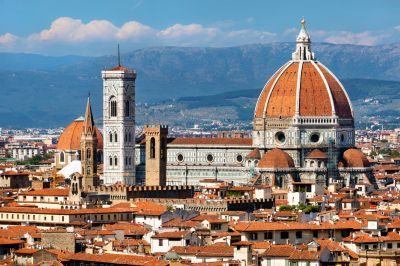
An EU team developed new sensors, processing software and models for studying degradation of old buildings. Simulations yielded an accurate assessment of deterioration, considering shape and materials, thus providing conservation prognosis.
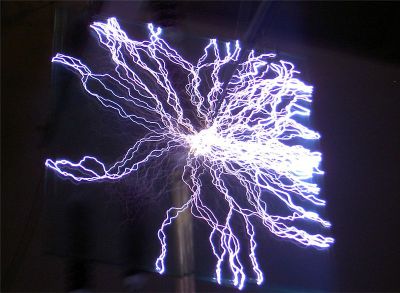
An EU team proposed a system for converting vibrational energy into small-scale electrical power. The project proved the device concept, utilising cantilevered PMN-PT layers, while also developing new microtechnology processes.
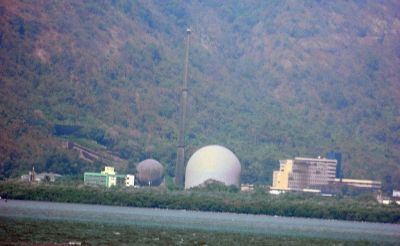
Europe is considering the viability of a next generation of nuclear energy systems that promise significant advances in sustainability, safety, reliability and costs. An EU initiative aims to deploy one such nuclear reactor prototype in central Europe.
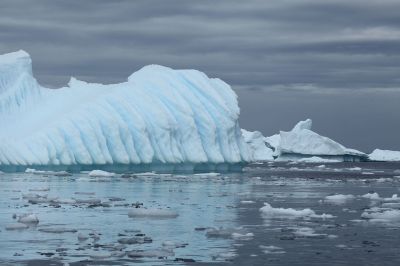
Fluctuations in atmospheric carbon dioxide (CO2) are a major component of the carbon cycle and the climate system. An EU-funded initiative investigated the past role of the Southern Ocean in influencing atmospheric CO2.

Although forests are dynamic systems, the speed of change to which they are subjected is now at an unprecedented level. This is due to factors such as climate change, nitrogen deposition, the introduction of invasive species, and the loss of biodiversity and habitat.

Global climate models that improve the accuracy of seasonal predictions have several limitations. An EU initiative used a large number of climate model simulations to optimise forecasts.
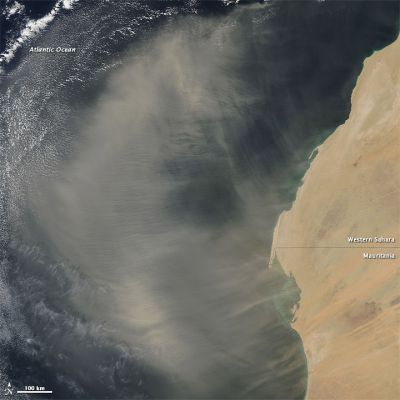
Aside from being a public health hazard, particles in the atmosphere affect climate. New data mining and analysis methods are shedding light on the role of one of the most important components, black carbon.
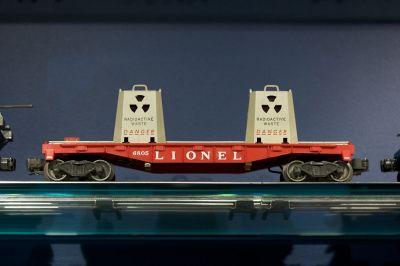
Researchers have used laboratory experiments to improve our understanding of how radioactive atoms move through clay, contributing to safer radioactive waste disposal.
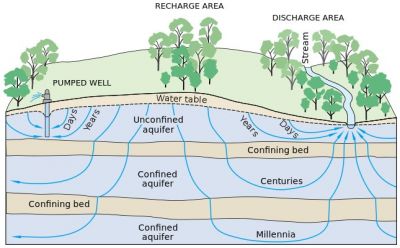
Protection and sustainable use of water supply is one of the most important environmental issues facing humanity. Groundwater is the primary source of drinking water for much of the world, as well as being vital for agriculture and industry, but it is under threat from pollution.
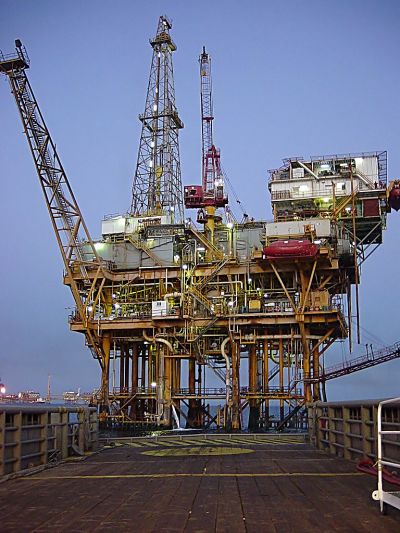
European engineers have developed a self-regulating reversible inflow control device (ICD) to maximise oil production and shut off unwanted water and gas from production wells.
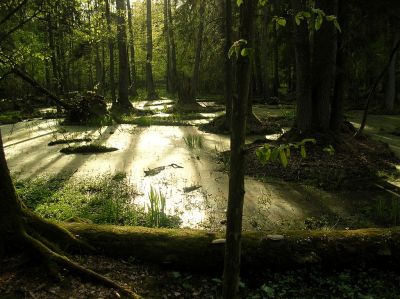
An EU-funded project is working on alternative management pathways for forests with the goal of finding better solutions to the carbon and climate problem.
























